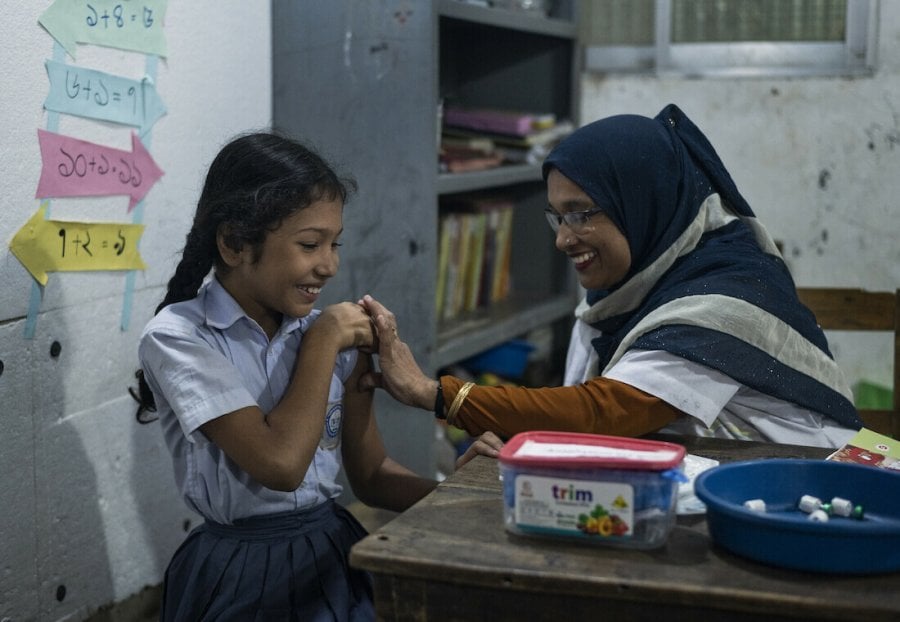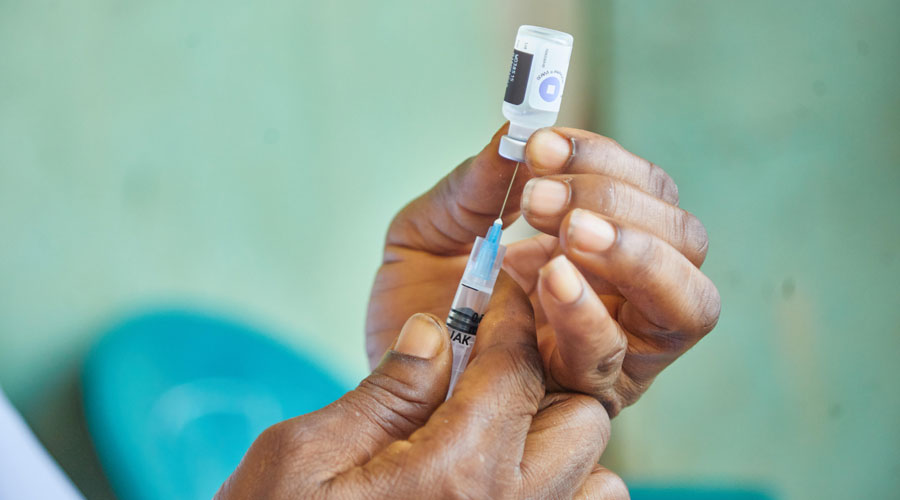
Human papillomavirus (HPV) infection causes 95% of cervical cancers. Globally, cervical cancer is the fourth most common cancer in women and 90% of the over 348,000 deaths caused by cervical cancer in 2022 occurred in low- and middle-income countries.
Since the first HPV vaccines became available in 2006, there are now 6 licensed HPV vaccines available globally, and in 2018, WHO Director General Tedros Adhanom Ghebreyesus issued a global call for action to eliminate cervical cancer as a public health problem through improved coverage of HPV vaccination, screening, and treatment.
Unfortunately, since then, due to supply constraints and the relatively high cost of procuring and introducing the vaccine for lower-income countries, less than half of all countries have included HPV vaccines in their national immunisation programmes.
Today’s study, published in eClinicalMedicine, sheds light on both vaccine coverage and health impact in 84 countries ranging from high-income to low-income, since 2010.
They found that vaccine impact ranged widely between countries and that countries where each dose of vaccine has the highest health impact, typically low- and middle-income countries (LMICs), also saw the lowest coverage. For example, HPV vaccination of 1000 adolescent girls prevents on average two deaths in Switzerland but up to 34 deaths in Tanzania from cervical cancer.
Kaja Abbas, Associate Professor at the London School of Hygiene & Tropical Medicine (LSHTM), said, “The current state of HPV vaccine introduction, scale-up, and coverage after more than 17 years since the first HPV vaccines became available in 2006 highlights the persistent challenges to equitable access to HPV vaccines and more broadly on fair access to vaccines in general, especially in low- and middle-income countries”.
The impact of a vaccine was calculated by combining several different metrics. This included deaths averted and cervical cancer cases prevented per 1000 vaccinated adolescent girls, as well as the number of Disability Adjusted Life Years (DALYs) avoided. DALYs are a measure of overall years lost to ill-health, disability, or early death.
Kiesha Prem, Assistant Professor at LSHTM and co-author, explained why this is important: “For countries in low resource settings where women have limited access to screening, diagnostic tools, and treatment facilities for cervical cancer, each administered dose of the HPV vaccine has a potentially greater impact on health compared to other countries with well-established public health infrastructure. Vaccination becomes the primary preventative measure against a cancer that might otherwise be difficult to diagnose and treat.”
Gavi, the Vaccine Alliance, who helped fund this research, said, “While global coverage of the HPV vaccine is now higher than it was prior to the pandemic, it’s well below ideal levels and millions of girls continue to miss out. Girls everywhere deserve to be protected by this lifesaving cancer vaccine – but today’s study underscores the importance of bridging the equity gap to protect the most vulnerable. To achieve this goal, it is imperative that partners, manufacturers, governments, and donors work together to establish a sustainable flow of HPV vaccine supply, reduce logistical and financial barriers, and address delivery challenges.”
LSHTM's short courses provide opportunities to study specialised topics across a broad range of public and global health fields. From AMR to vaccines, travel medicine to clinical trials, and modelling to malaria, refresh your skills and join one of our short courses today.

